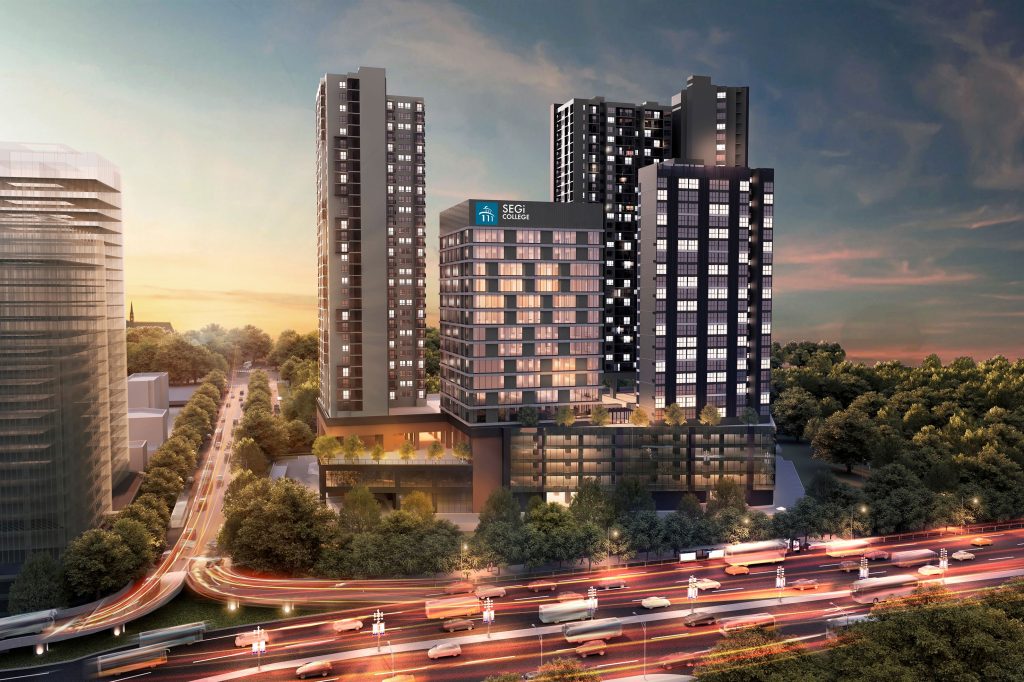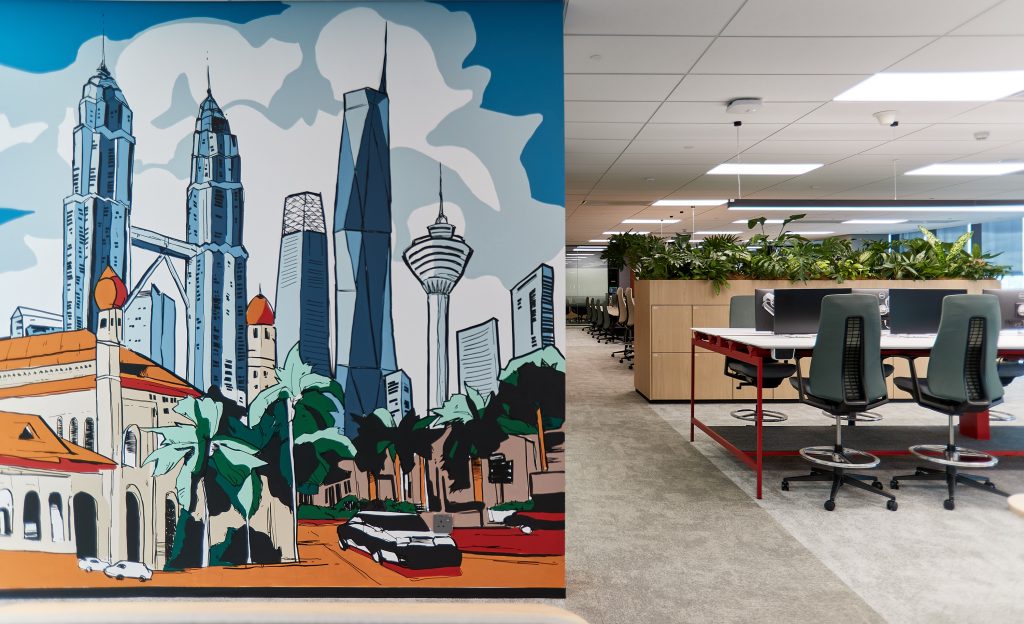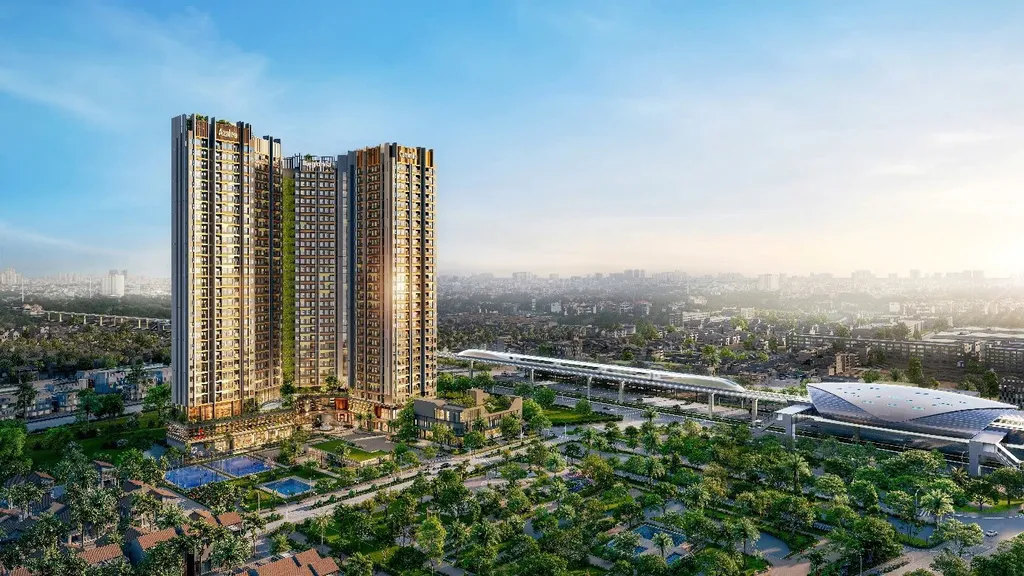By Viktor Chong
These are exciting times ahead for the property market. For those who are still unaware, there is a global trend of “work from home” going on strong internationally. Employers realise that workers can exercise their employment from anywhere, which means that the high cost of office rental and maintenance can be mitigated.
With that in mind, we may assume that the provider of office spaces will be the biggest loser in this new development. I sincerely have to disagree with that assessment, as offices draw in the human population since it is the place where income is generated for the majority. If humans are to move away from office spaces, this will affect the property market, and society, in a considerable way. With all changes, there are winners and losers.
First and foremost, a massive “work from home” movement will blur the boundaries of villages and towns. Imagine getting your salary paid in Singapore Dollars while working from home in a rural area in Kedah or Perlis. Since the standard of living in these places are relatively low, your purchasing power will spike considerably. Sadly, this disparity may not last forever as the injection of wealth in the village will quickly inflate prices.
But how about the locals who are being paid a lower wage? Their salary may not be able to catch up with the rapid inflation now that city dwellers are transferring wealth to the village. Then there are the commercial units and shopping malls at the city, previously planned and build in areas where the population density is supposedly high enough to support consumption.
If an exodus of people from the city to the village occurs, these businesses will suffer, and more job losses are expected. Developers and town planners may soon need to figure out how to utilise these vacant spaces more productively. On a brighter note, unsold P1MA homes in unfavourable locations will begin to experience newfound interest now that people no longer need to drive or commute to their offices. Traffic jams shall be a thing of the past if there are fewer people in the city.
If the human population is further diffused, then property prices in metropolises can drop, making them more affordable. However, property owners and investors aiming for a rapid increase in the capital appreciation of their property stocks will not be happy with this trend. Developers with huge margins of high rise stocks will also have a harder time to sell as demand for property in the city plummets. However, property launches will spring up in areas previously deemed too rural for development, as land there is cheap.
Understandably, these houses are going to be cheaper than the ones in the city, which is good as it facilitates homeownership among Malaysians. But for this to occur, we have to ask the ultimate question. Is Malaysia ready to accommodate work from home in a massive way? The future will tell.
A cynical bricklayer is an opinion piece by the writer and does not reflect the stance of StarProperty.
Stay ahead of the crowd and enjoy fresh insights on real estate, property development, and lifestyle trends when you subscribe to our newsletter and follow us on social media.














































